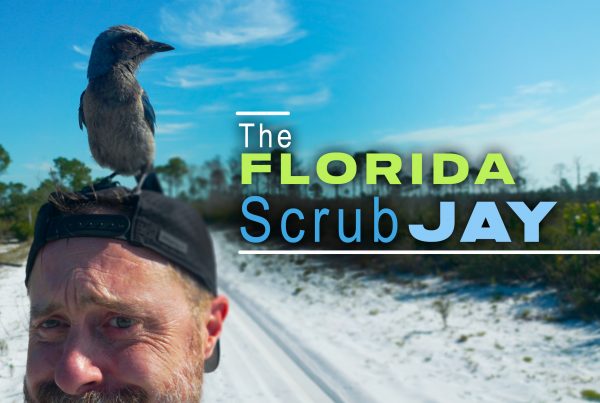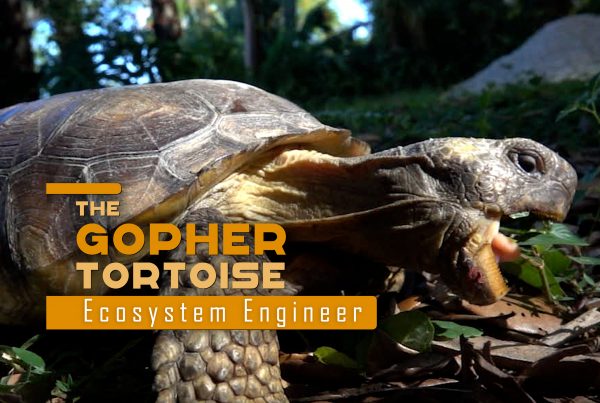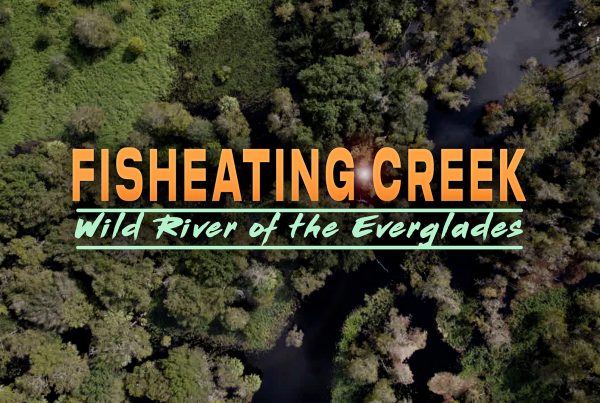Did you know Florida has the world’s largest concentration of artesian springs on the planet? Crazy, huh!
Download this worksheet and use the vocabulary list to fill in the features in the appropriate places:
↓ Features of an Artesian Spring
Vocabulary:
- Confined aquifer: an aquifer that is overlaid by a confining layer
- Confining layer: a layer of material next to an aquifer that has little or no permeability
- Surficial aquifer: a shallow aquifer with no confining layer.
- Recharge zone: an area with high permeability where surface water can penetrate the aquifer below
- Spring vent: an opening in the confining layer where spring water is able to gush to the surface
It’s a scientific fact that Florida has some of the Earth’s most amazing aquatic ecosystems. …Ok, maybe that’s just my opinion, but a lot of people would agree. We’ve got reefs, we’ve got rivers, we’ve got swamps… and we’ve also got springs…. lots of ‘em. Florida has, in fact, over 1,000 artesian springs. That, my friends, is incredible!
What, exactly, is a “spring?” Glad you asked. To put it simply, a spring is a place where water naturally flows out of the ground, seeping through cracks and fissures in the earth. You might find one of these tiny springs trickling out of the side of a mountain.
An “artesian spring” is a little different: it’s under pressure… artesian pressure to be precise. Here’s how it works: First, you need an aquifer. The topography must be higher in elevation at the “recharge zone” then it is at the spring vent. The recharge zone is the permeable area where surface water is allowed to percolate down into the aquifer below.
Next, you need a “confining layer.” A confining layer is a layer of sediment, clay or rock that has little to no permeability. This layer effectively seals off the aquifer, allowing water pressure to build. Now we have what is called a “confined aquifer.” Where aquifers do not have a confining layer, they are referred to as “unconfined aquifers.”
And finally, you have your “spring vent.” The spring vent is an opening in the confining layer. This is the discharge zone where water can freely gush out, often with amazing pressure.
Florida’s most productive aquifers and springs are karst aquifers and karst springs. “Karst” is a type of landscape made up of soluble rock like limestone, where the dissolution of that bedrock has created sinkholes, underground rivers, caves and springs. These features are carved out by chemical erosion, where mildly acid water slowly dissolves the stone as it passes through.
You can also see karst topography in the solution holes and craggy limestone “pinnacle rock” in the Everglades.
Karst formations are very permeable, and are riddled with cavities, caves and tunnels. We find karst all over the world, like in Cuba, with its towering limestone mogotes. Within one of these mountains, I had the chance to explore Cueva de Santo Tomas, one of the largest cave systems in the Americas.
In the Yucatan Peninsula, the limestone bedrock is perforated with thousands of sinkholes called “cenotes.” It is also home to Mexico’s Sistema Sac Actun, the longest underwater cave system in the world. Let me tell you, diving through this system is an almost otherworldly experience.
But the highest concentrations of artesian, karst springs on the planet is in Florida.
More than 1,000 springs can be found here, fed by a vast network of underground rivers and caves that perforate the Floridan Aquifer. The spring vents and spring runs can be absolutely gorgeous, and their cool, crystal-clear waters support an abundance of wildlife.
Flowing from deep underground, spring temperatures are surprisingly consistent year-round, hovering around 72 degrees Fahrenheit. This makes them refreshing places to cool down during the summer, and important places to warm up during the winter. When coastal waters become chilly in the winter months, Florida manatees migrate to the springs. Not surprisingly, humans flock here too.
Florida has more first magnitude springs than any other state in the country. Spring “magnitude” is the measurement of the volume of flow. An 8th magnitude spring is the lowest classification, flowing at less than one pint per minute. First magnitude springs are the big boys, with flows greater than 65 million gallons each day. Alexander, Ichetucknee, Silver, and several other springs meet this impressive benchmark.
But Florida’s springs are in trouble. Urban and agricultural runoff has turned waters once described as “gin-clear” into murky, algae filled messes. As more and more water is drawn from the aquifer, and as watersheds are altered, flow-rates have also plummeted. Silver Springs, once the largest spring in the world by discharge volume, has lost about one third of its historical flow. Others, like White Springs, have almost entirely ceased to flow.
Springs aren’t just pretty places to splash around in the heat of the summer; they’re critically important pieces to the ecological puzzle that is the great state of Florida. The health of our springs is also a reflection of the purity and availability of something we can’t do without: clear, clean, life-giving water.




